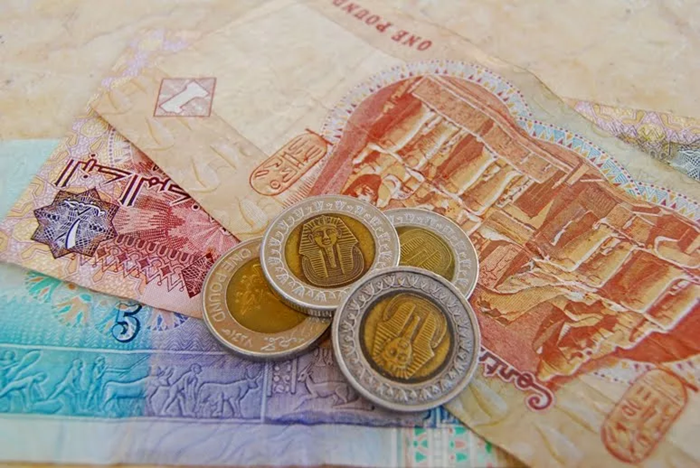The dollar crisis in Egypt began in 2022 due to the global rise in energy and grain prices, two products that make up a significant part of Egyptian exports.
Another factor that triggered the dollar deficit in the country was the fall in tourism revenues amid the Covid-19 crisis.
In addition, amid economic instability in Egypt, there is an outflow of capital (investment in foreign assets).
Investors are also in no hurry to invest money in the country, whose economic situation is precarious. A significant part of the country’s foreign exchange reserves is spent on debt servicing.
In the spring of 2022, Egypt imposed import restrictions in order to preserve a strong currency, but this measure led to an even greater decline in the country’s investment attractiveness and fluctuations in the stock market.
Egypt’s creditors
According to the Central Bank of Egypt, the country’s main creditors are international financial institutions, which account for $52 billion. Of this, Egypt will have to repay $22 billion to the IMF. Egypt owes almost $46 billion to the Gulf States, the UAE, Saudi Arabia, Kuwait and Qatar.
Egypt owes about $10 billion to the Paris Club of creditors: Germany, Japan, Great Britain, France and the United States. Egypt has to pay about $8 billion to China.
Today, Egypt’s external debt is more than $165 billion. Over the past two years, Egypt has paid $52 billion in debt obligations.

